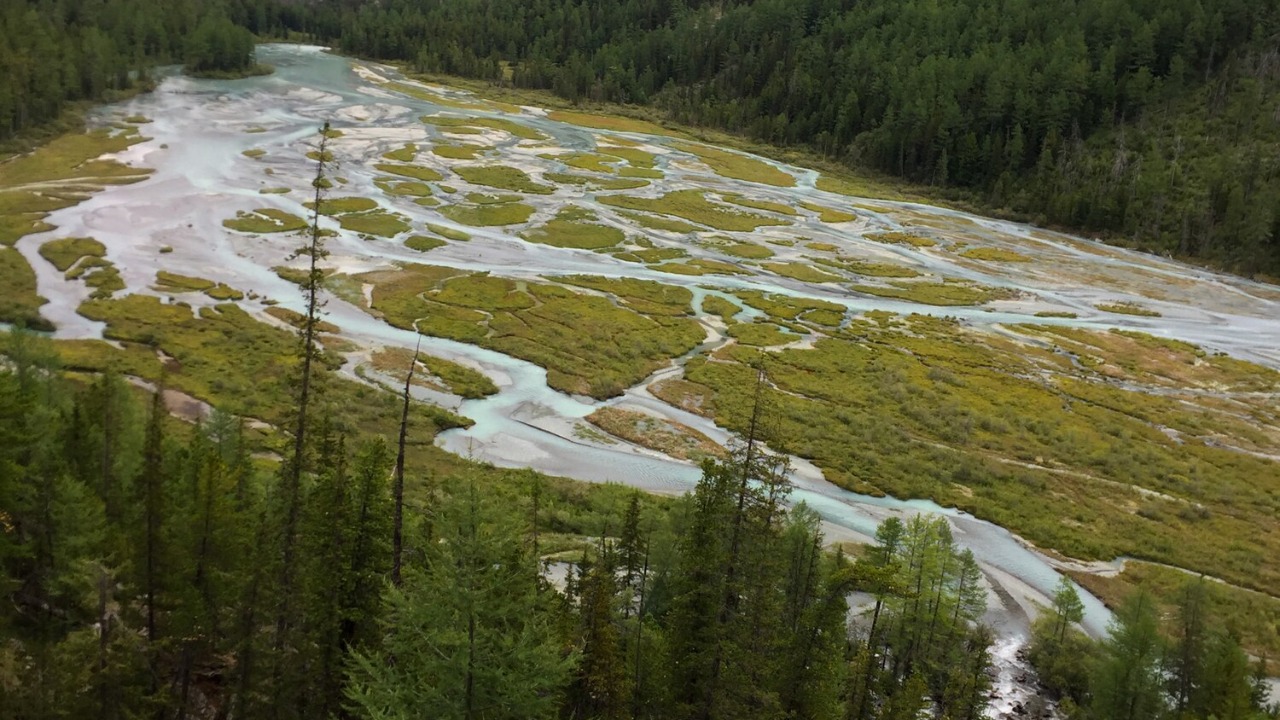
Recent seismic research has unveiled a fascinating geological phenomenon occurring beneath the Pacific Northwest. The Earth’s crust is tearing apart, a process driven by tectonic forces in the region. While this might sound alarming, experts suggest that this crustal rifting could actually contribute to broader geological stability and help explain the origins of fossil plates discovered in other parts of the world.
The Phenomenon of Crustal Rifting in the Pacific Northwest
Initial observations have revealed that the Earth’s crust is actively splitting open beneath the Pacific Northwest. This rifting process, detected through advanced seismic data, is occurring along the subduction zone, a region where one tectonic plate moves under another and sinks into the mantle. The Cascadia Subduction Zone plays a crucial role in facilitating this rifting, with shear-wave splitting measurements indicating deformation in the underlying mantle.
The spatial extent of the splitting is centered off the Pacific Northwest coast and is closely connected to ongoing tectonic plate interactions. This rifting process is a testament to the dynamic nature of our planet and the powerful forces at work beneath the surface.
Mechanisms Driving the Earth’s Crust Tear
The tectonic forces causing the crust to tear apart are primarily related to subduction dynamics. In these processes, the oceanic plate dips beneath the continental margin, leading to intense geological activity. The constraints on olivine deformation, a mineral found in the mantle, provide crucial insights into these dynamics. Research on SKS shear-wave splitting beneath the Southern Cascadia Subduction Zone back-arc has shown how these mantle minerals respond to stress.
Another contributing factor to the crustal splitting is the dripping of crustal material into the mantle. This process potentially relieves pressure and prevents larger ruptures, contributing to the overall stability of the Earth’s crust.
Scientific Detection and Recent Discoveries
Seismic imaging and geophysical modeling have been instrumental in detecting the rifting process. Key findings have emerged in late 2025 from studies on Pacific Northwest tectonics, shedding light on the complex dynamics at play. The 2021 analysis of SKS shear-wave splitting data provided foundational evidence for mantle deformation patterns in the region.
Furthermore, 2024 research linked crustal dripping to mountain-building processes, drawing parallels with the observed tearing in the Pacific Northwest. This study highlighted the intricate connections between different geological processes and their impacts on the Earth’s surface.
Implications for Fossil Plate Explanations
The current crustal splitting in the Pacific Northwest mirrors ancient processes that left fossil plates elsewhere on Earth. Evidence from the rifting site helps interpret fragmented oceanic crust remnants found in continental interiors. These remnants, or fossil plates, provide a window into the geological past and the tectonic processes that have shaped our planet.
Subduction and back-arc spreading play a significant role in preserving these fossil structures over geological time. The ongoing rifting in the Pacific Northwest provides a unique opportunity to study these processes in real-time and gain insights into the Earth’s geological history.
Potential Geological Benefits of the Rifting
Contrary to initial impressions, the tearing of the Earth’s crust off the Pacific Northwest is not necessarily bad news. In fact, it may dissipate tectonic stress and reduce earthquake risks. This rifting process could lead to new seafloor formation, contributing to the recycling of Earth’s surface materials and promoting overall geological stability.
The rifting is also connected to broader mantle dynamics. The process of crustal dripping, for instance, builds mountains by transferring material deeper into the Earth. This recycling of material is a crucial part of the Earth’s geological cycle and contributes to the dynamic nature of our planet’s surface.
Broader Tectonic Connections and Future Research
The Pacific Northwest rifting is linked to global subduction patterns, showing similarities with other back-arc regions studied via shear-wave analysis. This connection underscores the global nature of tectonic processes and the importance of understanding these dynamics in a broader context.
There are ongoing research needs, such as refined models of olivine deformation to predict rifting evolution. These 2025 discoveries integrate with prior work on crustal-mantle interactions to forecast long-term regional changes. As we continue to study and understand these processes, we can better anticipate future geological events and their potential impacts on our planet.
More from MorningOverview